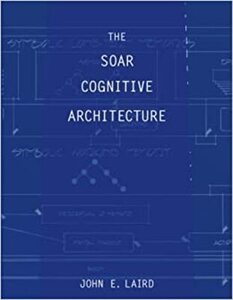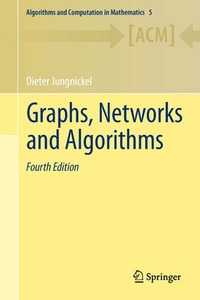Books

Description
In development for thirty years, Soar is a general cognitive architecture that integrates knowledge-intensive reasoning, reactive execution, hierarchical reasoning, planning, and learning from experience, with the goal of creating a general
computational system that has the same cognitive abilities as humans. In contrast, most AI systems are designed to solve only one type of problem, such as playing chess, searching the Internet, or scheduling aircraft departures. Soar is both a
software system for agent development and a theory of what computational structures are necessary to support human-level agents. Over the years, both software system and theory have evolved. This book offers the definitive presentation of Soar
from theoretical and practical perspectives, providing comprehensive descriptions of fundamental aspects and new components.
The current version of Soar features major extensions, adding reinforcement learning, semantic memory, episodic memory, mental imagery, and an appraisal-based model of emotion. This book describes details of Soar's component memories
and processes and offers demonstrations of individual components, components working in combination, and real-world applications. Beyond these functional considerations, the book also proposes requirements for general cognitive architectures
and explicitly evaluates how well Soar meets those requirements.

Description
".... The book is a first class textbook and seems to be indispensable for everybody who has to teach combinatorial optimization. It is very helpful for students, teachers, and researchers in this area. The author finds a striking synthesis of nice
and interesting mathematical results and practical applications. ... the author pays much attention to the inclusion of well-chosen exercises. The reader does not remain helpless; solutions or at least hints are given in the appendix. Except for some
small basic mathematical and algorithmic knowledge the book is self-contained. ..." K.Engel, Mathematical Reviews 2002
The substantial development effort of this text, involving multiple editions and trailing in the context of various workshops, university courses and seminar series, clearly shows through in this new edition with its clear writing, good organisation,
comprehensive coverage of essential theory, and well-chosen applications. The proofs of important results and the representation of key algorithms in a Pascal-like notation allow this book to be used in a high-level undergraduate or low-level graduate
course on graph theory, combinatorial optimization or computer science algorithms. The well-worked solutions to exercises are a real bonus for self study by students. The book is highly recommended. P .B. Gibbons, Zentralblatt für Mathematik 2005
Once again, the new edition has been thoroughly revised. In particular, some further material has been added: more on NP-completeness (especially on dominating sets), a section on the Gallai-Edmonds structure theory for matchings, and about a dozen additional exercises
– as always, with solutions. Moreover, the section on the 1-factor theorem has been completely rewritten: it now presents a short direct proof for the more general Berge-Tutte formula. Several recent research developments are discussed and quite a few references have been added.